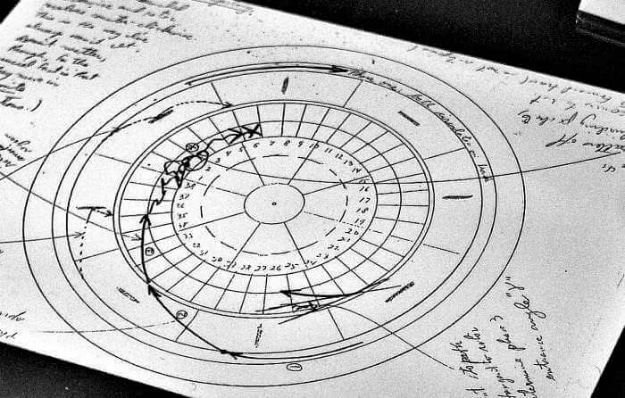For years people have enjoyed the iconic game of roulette synonymous with luxury and beauty. The game has appeared in numerous famous movies like Casablanca, televisions programs and literary offerings. Perhaps it is the movement of the game, or maybe the whole ‘feel’ of a casino, whichever it is roulette still remains as popular today as it was back in the 18th century.
Today we can enjoy the game in many variations, especially when enjoying a game of online roulette. Online games offer roulette 24 hrs a day throughout the year at any time, and anywhere you choose. As technology advances so do the games we are offered, now we can enjoy all the action of the Live game, streamed from a real casino, using a real table and wheel and with a human croupier. There is also a wide choice of video roulette games that are incredibly exciting to play, and playing has never been so safe and secure.
However, there is a big difference between playing the game and winning. Because Roulette is an easy game to play, this makes it quite deceptive. It all seems so simple with bets like red/black, odds/evens as you would think that there is a 50/50 chance of winning. But it feels better with aktualne bonusy bez depozytu.
We are also plied with a great many mathematical systems, some of which are more reliable than others, but all are available to players, and many new players will try out these systems and fail.
But there is a way you can master the game of roulette, and that is through simple science.
How It Works
Look past the math and into science. There is a spinning wheel, a spinning ball, gravity and then the ball bounce. All of these factors are elements of physics, and when you grasp the physics of roulette, you then have more of a chance of predicting outcomes, increasing your odds, and enjoying a win.
The Man Who Broke The Bank At Monte Carlo
It was way back in 1891 that Joseph Jagger used science in the game of roulette, working out that a certain percentage of the roulette wheels would contain a slight bias, and that the ball would hit certain numbers more frequently than was the norm. Understanding that he needed only one percent of bias to beat the house odds, Joseph took his theory to Monte Carlo.
The rest, as they say, is history. Over a week Joseph Jagger became known as “the man who broke the bank at Monte Carlo.” No matter how hard the casinos tried to stop him, Mr. Jagger won between $4.5 and $7 million in today’s valuation.
The Blitz Of The Ritz
But we don’t even have to go that far back as it was only a few years ago that the same type of thing was carried out in the Ritz casino in the UK by a group of Eastern Europeans. This time they were using mobile phones to predict where the ball was going to land based on the physics of the game.
Today the casinos are rarely taken for big sums, so the secret is to go for the smaller amounts over a longer period of time.
You can easily research physics tools and lessons online which help you towards a roulette win, there is also an actual roulette computer available, although this is not allowed by at least half of the bricks and mortar casinos. Probably the best thing available is more of a cross-reference system which uses the best bits of all the systems put together.

COMMENTS